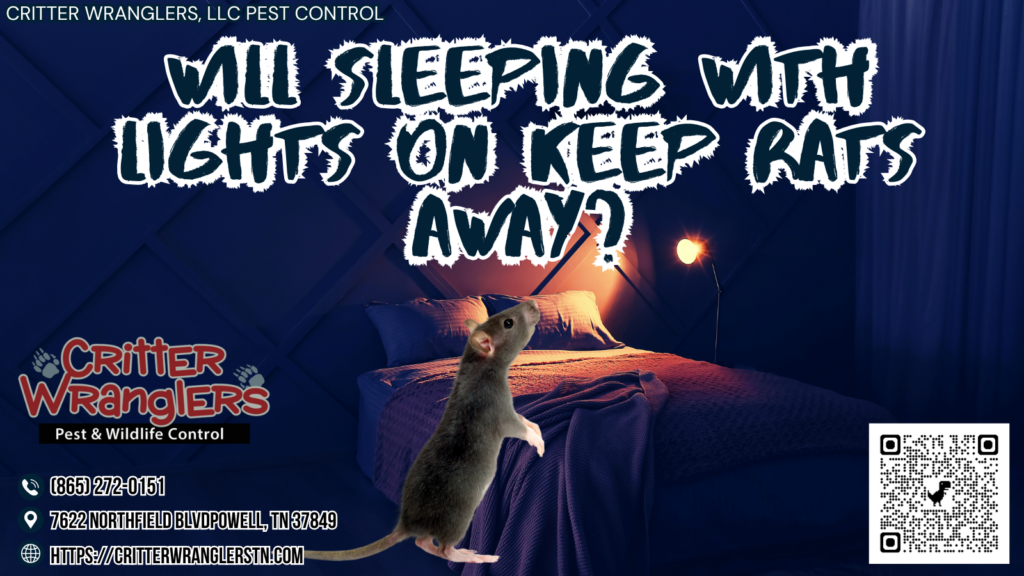
Rats are notorious for their ability to infiltrate homes and businesses, causing damage and spreading disease. Understanding their behavior is crucial for effective pest control. One key aspect of rat behavior is their strong preference for darkness. While they don’t necessarily “hate” light, bright illumination can significantly deter them, disrupting their natural routines and making them feel exposed and vulnerable. This article explores the relationship between rats and light, examining how their aversion to it can be harnessed for effective pest control.
This article will delve into the reasons behind rat aversion to light, explore how they utilize darkness for survival, and discuss the effectiveness of motion-activated lights as a deterrent. We’ll also examine the benefits of using light to manage rat infestations and provide insights into creating a less inviting environment for these unwelcome guests.
Rat Behavior and Light Aversion
Rats are primarily nocturnal creatures, meaning they are most active at night when darkness prevails. Their eyes are adapted for low-light conditions, allowing them to navigate and hunt effectively in dim environments. Bright light disrupts their natural vision and can make it difficult for them to see predators or potential food sources. This sensitivity to light stems from their evolutionary history as prey animals; being visible in open areas during the day would expose them to greater risk from predators.
Furthermore, rats rely on darkness for camouflage and concealment. Their dark fur blends seamlessly with shadows, allowing them to move undetected through their surroundings. Bright light eliminates this advantage, making them more conspicuous and vulnerable to both predators and humans. This aversion to light is a deeply ingrained instinct that plays a crucial role in their survival.
How Rats Use Darkness
Darkness provides rats with a sense of security and comfort, enabling them to engage in essential activities without feeling exposed. They use the cover of darkness for foraging, mating, and raising their young. Their nocturnal habits allow them to avoid competition with diurnal animals and exploit resources that are less accessible during daylight hours.
Rats also utilize darkness to create intricate tunnel systems within walls, under floors, and in other hidden spaces. These tunnels provide safe havens from predators and the elements, allowing them to move freely and establish their territories. The darkness within these tunnels further enhances their sense of security and privacy.
Motion-Activated Lights for Rat Control
Recognizing rats’ aversion to light, pest control professionals often employ motion-activated lights as a deterrent. These lights are strategically placed in areas where rat activity is prevalent, such as near entry points, food storage areas, and garbage bins. When a rat enters the illuminated zone, the sudden burst of light startles them, disrupting their routine and causing them to retreat.
The effectiveness of motion-activated lights lies in their ability to create an unpredictable environment for rats. They are constantly on alert for potential threats, and the unexpected flash of light reinforces their fear of open spaces and bright illumination. This can discourage them from venturing into areas where they are likely to encounter these lights, effectively reducing their presence and activity.
Benefits of Using Light to Deter Rats
Utilizing light as a deterrent offers several advantages over traditional pest control methods. It is a non-toxic and environmentally friendly approach that does not involve the use of harmful chemicals or traps. Motion-activated lights are also relatively inexpensive to install and maintain, making them an accessible solution for both homeowners and businesses.
Furthermore, light deterrents can be integrated into existing security systems, providing an added layer of protection against unwanted intruders. The sudden illumination can also alert homeowners to potential rat activity, allowing them to take prompt action to address the issue.
Conclusion
Rats’ aversion to light is a powerful tool that can be effectively harnessed for pest control. By understanding their natural behaviors and utilizing motion-activated lights as deterrents, we can create environments that are less inviting to these unwelcome guests. This non-toxic and environmentally friendly approach offers a safe and effective solution for managing rat infestations and protecting our homes and businesses from their potential damage.
